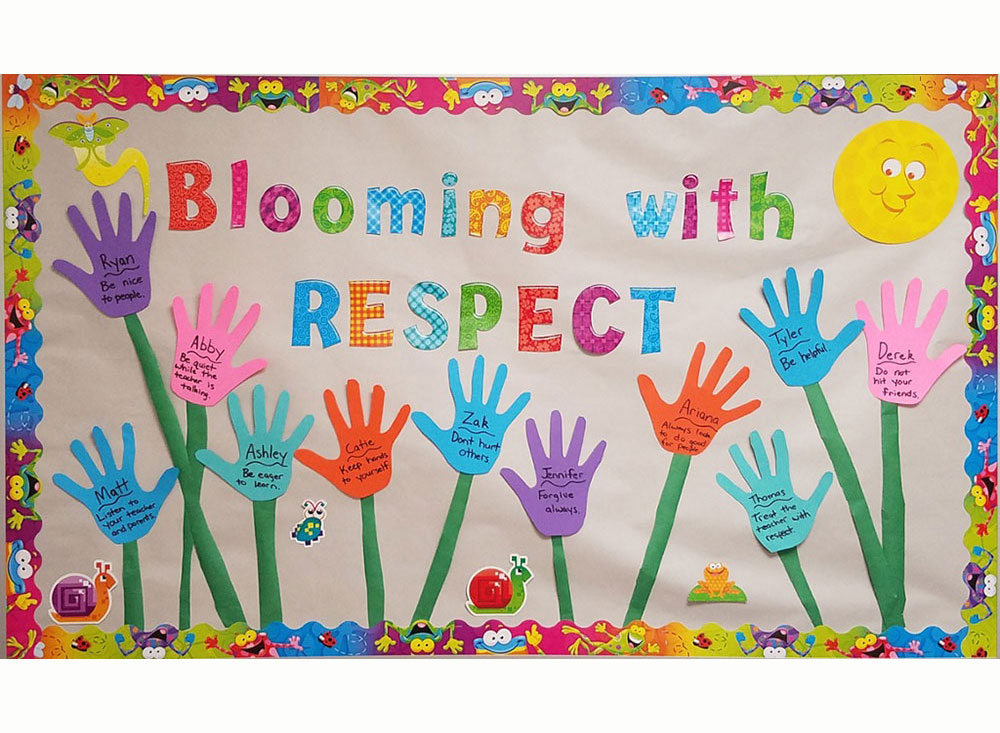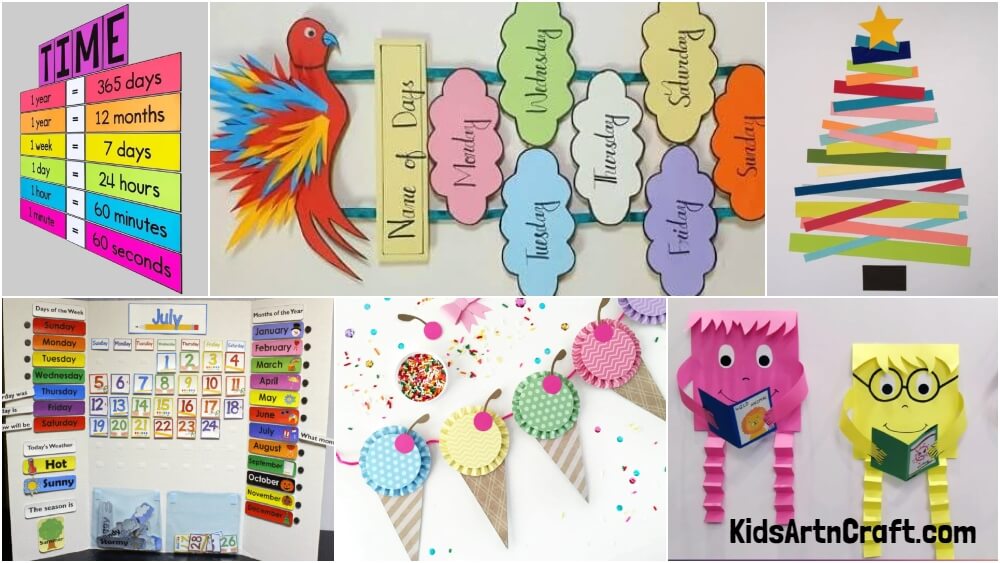Creating a welcoming and stimulating classroom environment is fundamental to enhancing student engagement and learning outcomes. Over the years, I’ve discovered numerous classroom decoration ideas that are simple yet effective in transforming a space. Whether you are a teacher, an administrator, or a volunteer, you can implement these ideas easily without breaking the bank. Let’s dive into some practical decoration ideas, categorized for your convenience!
Why Classroom Decoration Matters
Classroom decoration goes beyond aesthetics. The learning environment significantly affects students’ motivation, behavior, and overall educational experience. A well-decorated classroom:
- Encourages creativity and inspiration.
- Provides a sense of belonging and safety.
- Helps in organization and routine recognition.
- Enhances the overall educational experience.
1. Colorful Wall Displays
One of the simplest ways to brighten up your classroom is through colorful wall displays. Here are some ideas to consider:
1.1 Bulletin Boards
Bullentin boards can be used to showcase student work, display important announcements, or feature inspiring quotes. Here’s how to create an engaging bulletin board:
- Theme: Choose a monthly theme related to the curriculum.
- Involvement: Let students help with design and content.
- Materials: Use colored paper, markers, and borders.
1.2 Educational Posters
Incorporate educational posters that align with your lesson plans. They can serve as constant references for students.
Note: Ensure posters are at eye level for easy viewing and comprehension.
Pros and Cons of Wall Displays
| Pros | Cons |
|---|---|
| Enhances visual appeal | Can become cluttered if not maintained |
| Encourages student participation | Requires periodic updating |

2. Student-Created Art Projects
Engaging students in creating their art not only beautifies the classroom but also fosters a sense of ownership and pride. Here are some ideas:
2.1 Collaborative Murals
Organize a project where students work together to create a mural on a classroom wall. This project will promote teamwork and creativity.

2.2 Art Gallery Wall
Designate a wall as an “Art Gallery” to display students’ artwork regularly. Rotate the art to give all students a chance to showcase their creations.
Benefits of Student-Created Art
By incorporating student art, you can:
- Boost students’ self-esteem and motivation.
- Encourage creative expression.
- Create a vibrant and personalized environment.

3. Functional Decor: Organizers and Storage Solutions
Functional décor can declutter your classroom while adding visual interest. Here are some storage ideas:
3.1 Color-Coded Bins
Use colorful bins to store supplies. Label each bin according to its content to promote organization.

3.2 Floating Shelves
Install floating shelves to display books, educational materials, or plants, which can bring life to your classroom.
Advantages of Functional Decor
- Increases organization and efficiency.
- Reduces clutter and distractions.
- Enhances the aesthetic of the space.

4. Interactive Learning Stations
Set up designated areas in your classroom for different subjects or activities. This creates a more dynamic learning experience:
4.1 Reading Nook
Create a cozy reading corner with bean bags or cushions, and fill it with a variety of books.

4.2 Science Station
Set up a science station with experiments and materials for hands-on learning.
Tips for Creating Learning Stations
- Ensure accessibility for all students.
- Rotate activities to keep things fresh.
- Encourage collaborative learning within these stations.
5. Inspiring Quotes and Affirmations
Using quotes throughout your classroom can inspire and motivate students. Here’s how to incorporate them effectively:
5.1 Quote Wall
Dedicate a section of your classroom to inspiring quotes. Change these regularly to keep the motivation alive.
5.2 Affirmation Cards
Use affirmation cards for daily positive reinforcement. Encourage students to pick one at the start of each day.
Benefits of Inspirational Decor
Quotes and affirmations can:
- Promote a positive mindset.
- Encourage resilience and perseverance.
- Create a supportive atmosphere in the classroom.
6. Incorporating Nature into the Classroom
Bring the outdoors inside to enhance the learning environment. Plants can improve air quality and create a calming atmosphere:
6.1 Classroom Plants
Choose low-maintenance indoor plants that can thrive in the classroom setting, like succulents or pothos.
6.2 Nature Themes
Decorate your classroom with a nature theme, featuring images of landscapes or wildlife, to create a serene environment.
Pros and Cons of Incorporating Nature
| Pros | Cons |
|---|---|
| Improves air quality | Maintenance required for plants |
| Creates a calming atmosphere | Possible allergies to consider |
7. Technology Integration
In our digital age, integrating technology into classroom decor is essential. Here’s how you can do it:
7.1 Smart Boards
If your school is equipped with smart boards, utilize them to display interactive lessons and student projects.
7.2 Digital Displays
Set up a digital display to showcase classroom events, birthdays, or ongoing projects. This keeps students informed and engaged.
Tips for Effective Technology Use
- Ensure technology is user-friendly for all students.
- Integrate tech seamlessly with physical decor.
- Regularly update content to keep it fresh and engaging.
Conclusion
Simple classroom decoration ideas can significantly enhance the learning experience for students. By incorporating colorful displays, student art, functional decor, interactive stations, inspirational quotes, nature elements, and technology, you can create an engaging and inviting environment. Remember, the key is to choose decorations that reflect your students’ personalities and needs while aligning with educational goals.
FAQs
What are the best materials for classroom decorations?
Common materials include colored paper, fabric, posters, and digital design software for tech-savvy teachers. Always consider durability and ease of maintenance.
How often should I update my classroom decorations?
Ideally, update your decorations quarterly or seasonally to keep the environment fresh and relevant to the curriculum.
Can I involve students in the decoration process?
Absolutely! Involving students in the decoration process fosters a sense of ownership and community. Consider holding a decorating day at the start of the school year or after breaks.